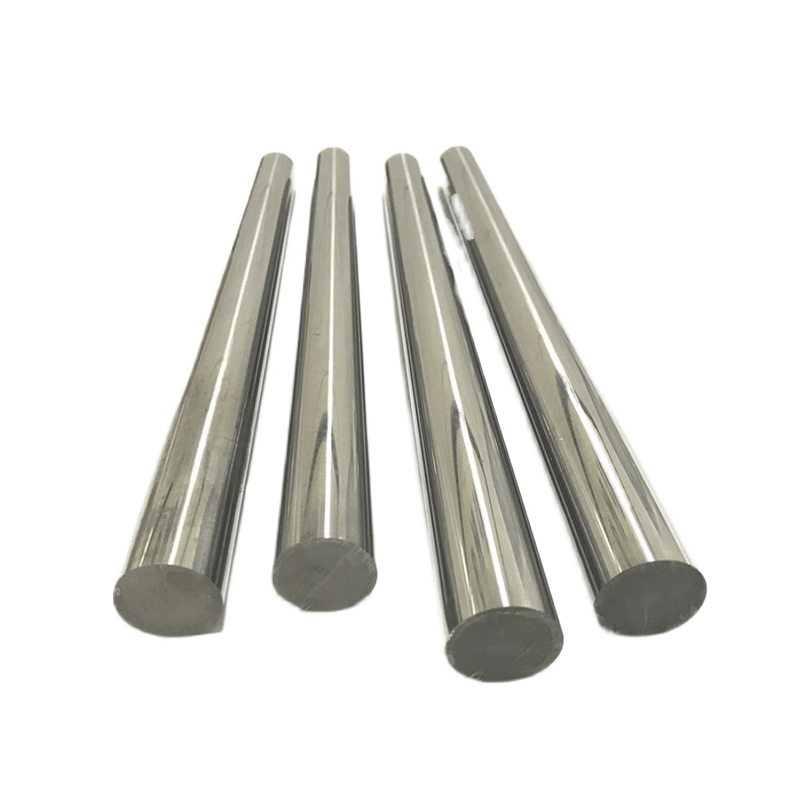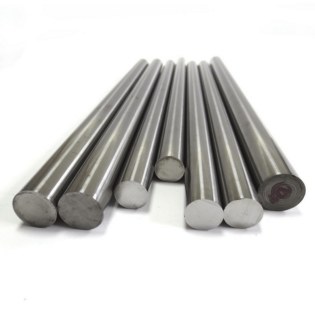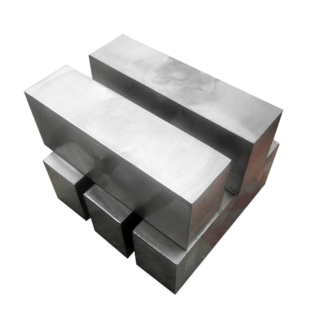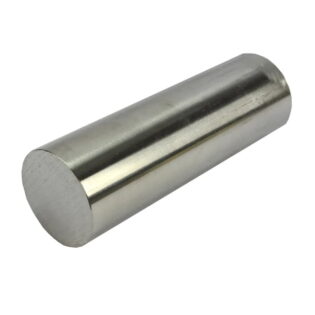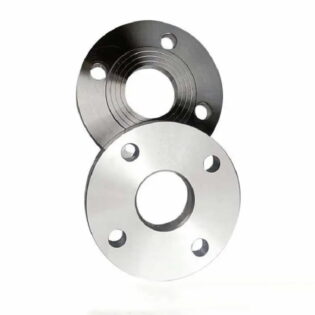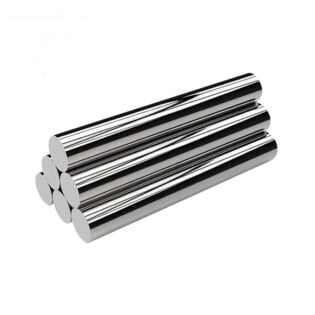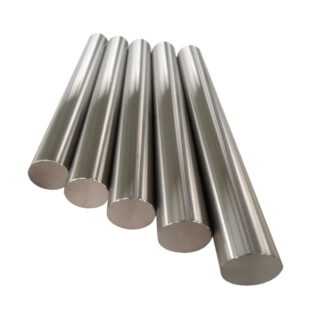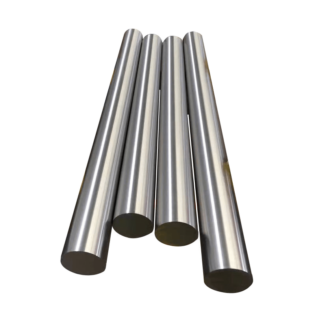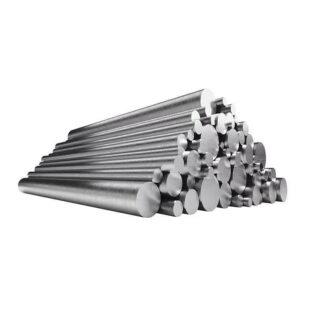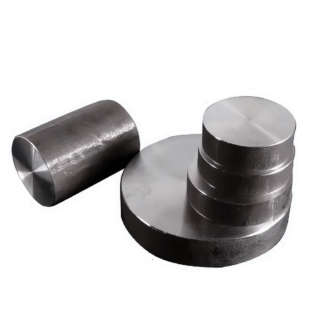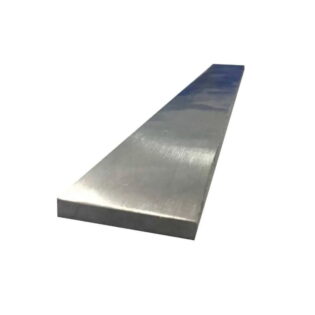하스텔로이 C-4 설명
Hastelloy® C-4는 Hastelloy® 등급입니다. 이것은 니켈-몰리브덴 합금입니다. Hastelloy® 등급은 C-4를 포함합니다. Hastelloy® 등급은 각각 특정 목적으로 최적화되었습니다. Molybdenum은 Hastelloy®가 고온에서 더 단단하고 강하게 만듭니다. 이 합금 요소와 그것이 재료에 영향을 미치는 특성은 또한 용접 응용에 적합합니다. 이 니켈 합금은 쉽게 제작되고 형성됩니다. 그들은 또한 좋은 연성을 나타내며 차가워 질 수 있습니다.
Hastelloy®의 모든 등급은 각 등급이 다양한 부식 환경에 대해 우수한 저항성을 나타내기 때문에 내식성 합금으로 간주됩니다. Hastelloy®는 산화염 및 환원제와 같은 고도로 산화되는 부식제에 대한 탁월한 저항성을 갖고 있어 중등도부터 심각한 부식성 환경에 사용되는 응용 분야에 적합한 훌륭한 합금입니다.
Hastelloy C-4 니켈 기반 초합금
Hastelloy C-4는 오스테 나이트 저탄소 니켈-무극도-염소 합금입니다. Hastelloy C-4와 이전에 개발 된 유사한 화학 조성의 다른 합금의 주요 차이점은 저탄소, 실리콘, 철 및 텅스텐 함량입니다. 이러한 화학적 조성은 650-1040 ° C에서 우수한 안정성을 나타내고, 부식성에 저항하는 능력을 향상 시키며, 적절한 제조 조건 하에서 가장자리 라인 부식 감도 및 용접 열 영향 구역 부식을 피할 수 있습니다. Hastelloy C-4는 대부분의 부식성 매체, 특히 감소 된 상태에서 우수한 부식 저항성을 갖습니다. 그것은 할로이드들 사이에서 우수한 국소 부식 저항을 가지고 있습니다.
Hastelloy C-4 용접은 텅스텐 전극 불활성 가스 차폐 용접, 플라즈마 아크 용접, 수동 서브 ARC 용접, 금속 불활성 가스 차폐 용접 및 용융 불활성 가스 차폐 용접과 같은 다양한 용접 공정에 의해 용접 될 수 있습니다. 펄스 아크 용접에 우선 순위가 부여됩니다. 용접하기 전에 산화물 스케일, 오일 얼룩 및 다양한 마킹 마크를 제거하기 위해 재료를 어닐링해야합니다. 용접의 양쪽에 약 25mm의 광범위한 범위는 밝은 금속 표면으로 연마해야합니다.
Hastelloy C-4 합금은 1200 ~ 1900 ° F (649 ~ 1038 ° C) 범위에서 노화 된 후에도 높은 연성 및 부식 저항에 의해 입증 된 바와 같이 탁월한 고온 안정성을 갖는 니켈-크로 미움-몰리브덴 합금입니다. 이 합금은 용접 열 영향 구역에서 곡물-결합 된 침전물의 형성에 저항하므로, 대부분의 화학 공정 적용에 적합합니다. C-4 합금은 또한 스트레스-성분 균열에 대한 저항성이 뛰어나고 최대 1900 ° F (1038 ° C)의 대기를 산화시키는 데있어.
Hastelloy C-4 합금은 다양한 화학 공정 환경에 대한 탁월한 저항력을 가지고 있습니다. 여기에는 뜨거운 오염 된 미네랄 산, 용매, 염소 및 염소 및 염소 오염 된 배지 (유기 및 무기), 건조 염소, 형식 및 아세트산, 아세트산 무수물 및 해수 및 소금물 용액이 포함됩니다.
Hastelloy C-4 화학 조성 :
| % | Ni | 모 | 철 | 크롬 | 구상화 소둔 및 연화 처리 | 씨 | 미네소타 | V | 그리고 | NS | NS | 여 |
|---|---|---|---|---|---|---|---|---|---|---|---|---|
| MLN | 균형 | 14 | – | 14 | 2.5 | |||||||
| 최대 | 18 | 삼 | 18 | 2 | 0.015 | 삼 | 0.2 | 0.1 | 0.03 | 0.01 | 3.5 |
Hastelloy C-4 기계적 특성 :
Hastelloy C-4 응용 프로그램 :
대부분의 화학 분야와 고온 환경에서 널리 사용되었습니다. 일반적인 응용 분야 :
- 연도 가스 탈황 시스템
- 산세 및 산 재생 공장
- 아세트산 및 농약 생산
- 이산화 티타늄 생산 (염소 방법)
- 전해지 도금

